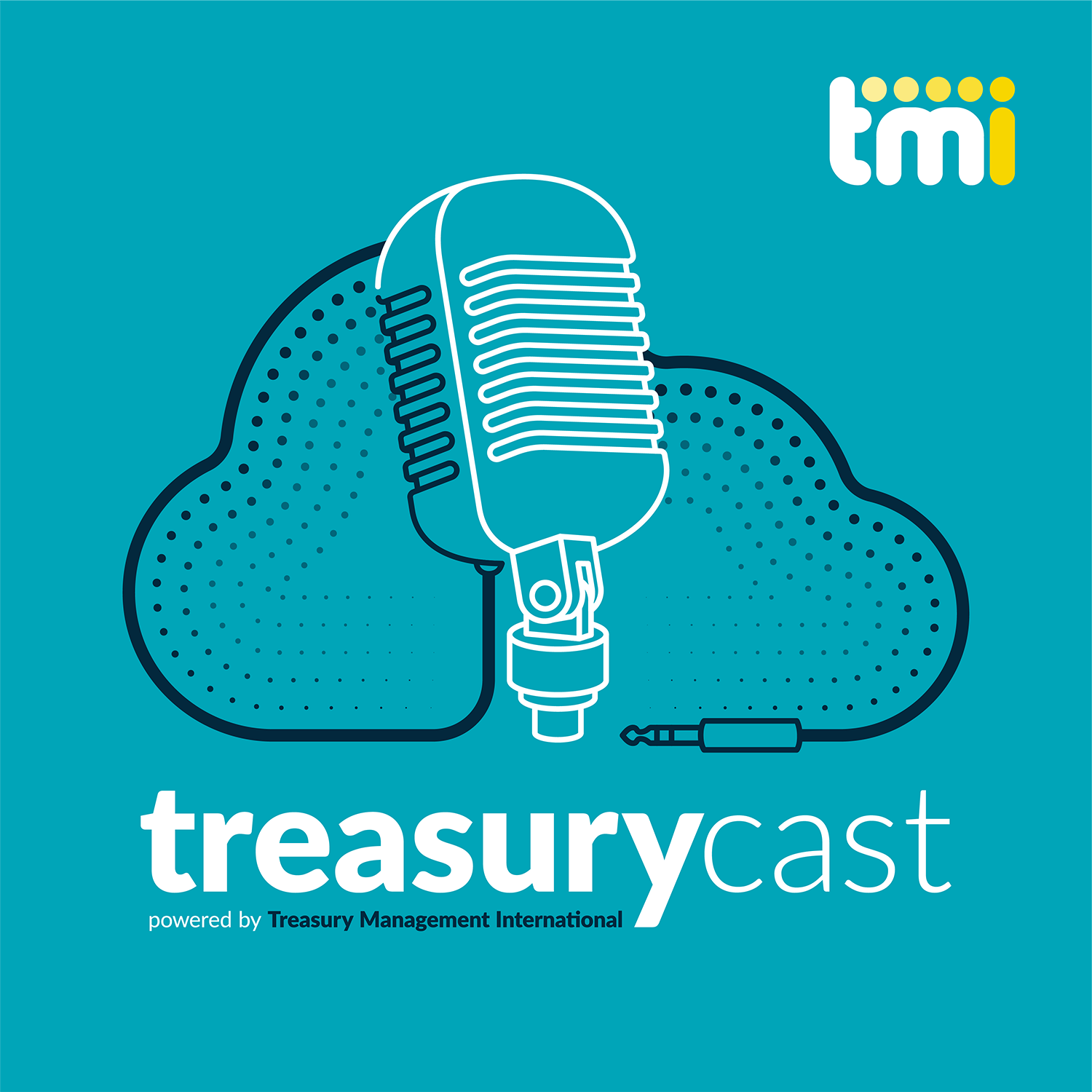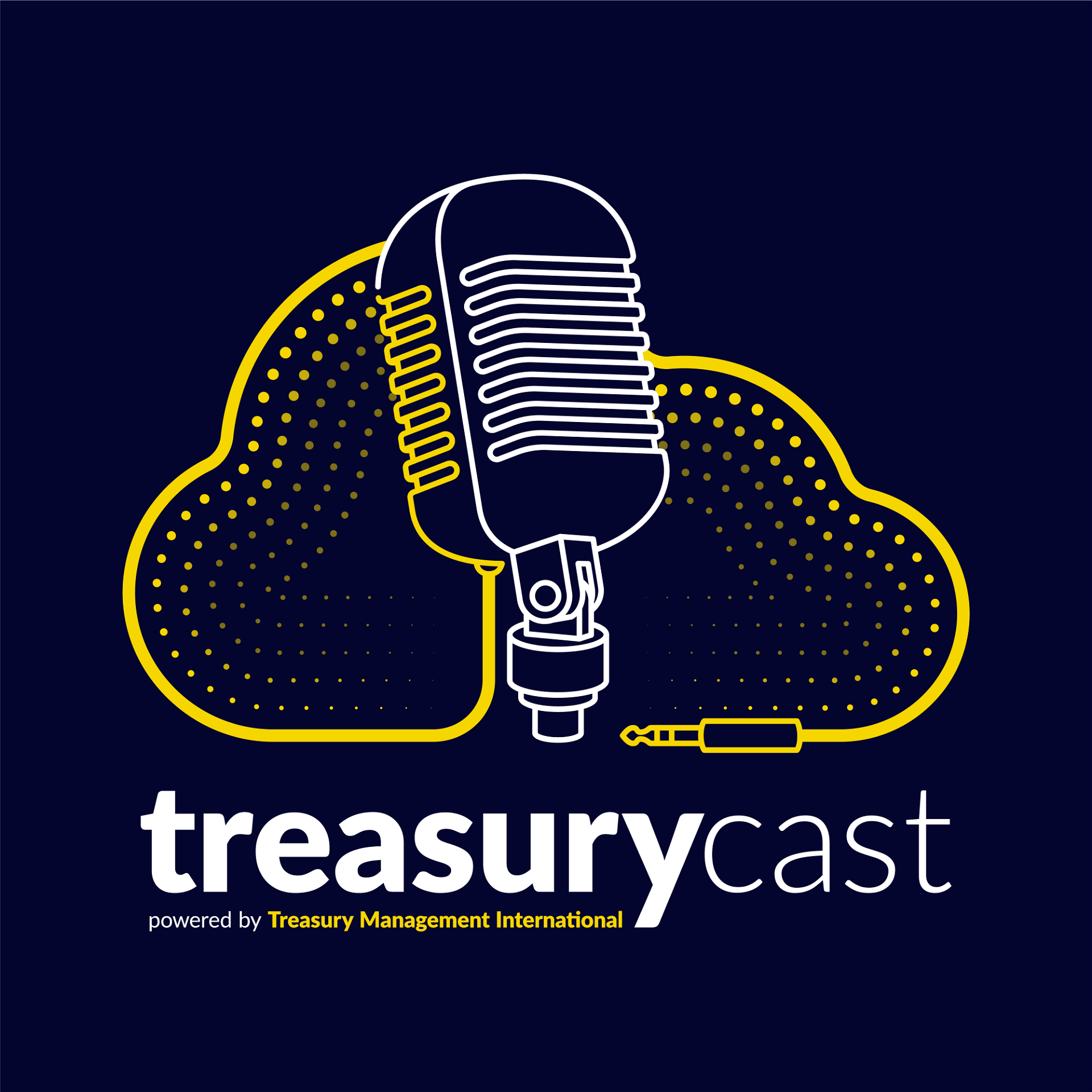SWIFT’s latest RMB Tracker shows that Canadian corporations have been slow to start using RMB for cross-border payments
Toronto, 17 October 2017 – Recent data from SWIFT’s RMB Tracker shows that RMB usage in North America is low compared to the rest of the world, despite initial growth following the opening of RMB offshore clearing centres in Toronto and New York.
With the occasion of Sibos 2017 taking place in Toronto, a special edition of the RMB Tracker has been published. This report focuses on the increased presence of enablers for RMB usage in the Americas and includes statistics and analyses for the year as well as insights from financial industry experts on the recent evolution of the RMB and other currencies for cross-borders flows.
Since November 2014, when the RMB offshore clearing centre opened in Toronto, traffic between Canada and China/Hong Kong has increased despite the fact that the Canadian dollar is most preferred. Moreover, 70% of cross-border payments, by value, sent between Canada and China/Hong Kong are made using the Canadian dollar, followed by the RMB at 15% with the U.S. dollar accounting for only 1%.
Though RMB usage for payments is low, SWIFT’s data shows that RMB traffic between Canada and China/Hong Kong has grown by 67% since the opening of the RMB offshore clearing centre in November 2014.
Additional RMB highlights from the report include:
- USD Ranked #1: as a world payments currency with 39.79% share by value; and
- 93.7% of RMB payments by value, initiated in the U.S. and Canada and ending in China/Hong Kong are cleared in Hong Kong.
Data from the report also suggest that here is no significant correlation between the size of a country’s economy and the usage of its currency for international payments and clearing. For example, the U.S. accounts for about 25% of global GDP and the US dollar has an activity share of 39.79%. While China accounts for 15% of global GDP, the RMB is used for less than 2% of international payments.
Based on recent data, the gap between the global usage of the USD and RMB is unlikely to be sustainable, particularly as the Chinese economy continues to grow and develop broader capabilities for internationalisation of the RMB.
Michael Moon, Head of Payments Markets, APAC adds, “Although the world remains highly dollarised, the growing prominence of the Chinese economy supports a case for greater RMB usage internationally. Liberalisation of capital markets in China, and initiatives such as the Belt and Road – over time, will contribute to further RMB globalisation.”
Please click here to download a copy of SWIFT’s special edition RMB Tracker report.





